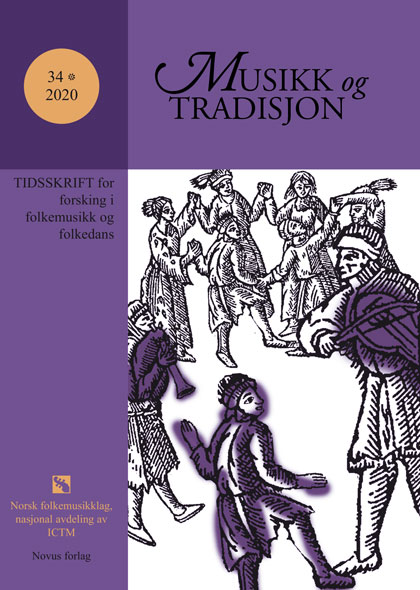Sammendrag
This article discusses aspects of the epistemology of practice. It defines the term practice to mean bodily actions, that usually have names and are considered as repeated or reoccurring in society and often based upon advanced skills. Examples could be ice skating, playing a fiddle tune, braiding hair, making a vegetable soup or dancing the waltz. The article addresses the methodology in the Safeguarding of Intangible Cultural Heritage at one narrow, specific and concrete point; a mechanism I call linearisation. I oppose this to practices that are not regulated into an authorised form but often has many alternatives in its structure; points where the practitioner can choose between several options. I call this a multi-track practice. What I discuss is how the multi-track practices tend to be linearised into one line of elements in a fixed order.

Dette verket er lisensiert under Creative Commons Attribution-NonCommercial-ShareAlike 4.0 International License.
Opphavsrett 2020 Egil Bakka

